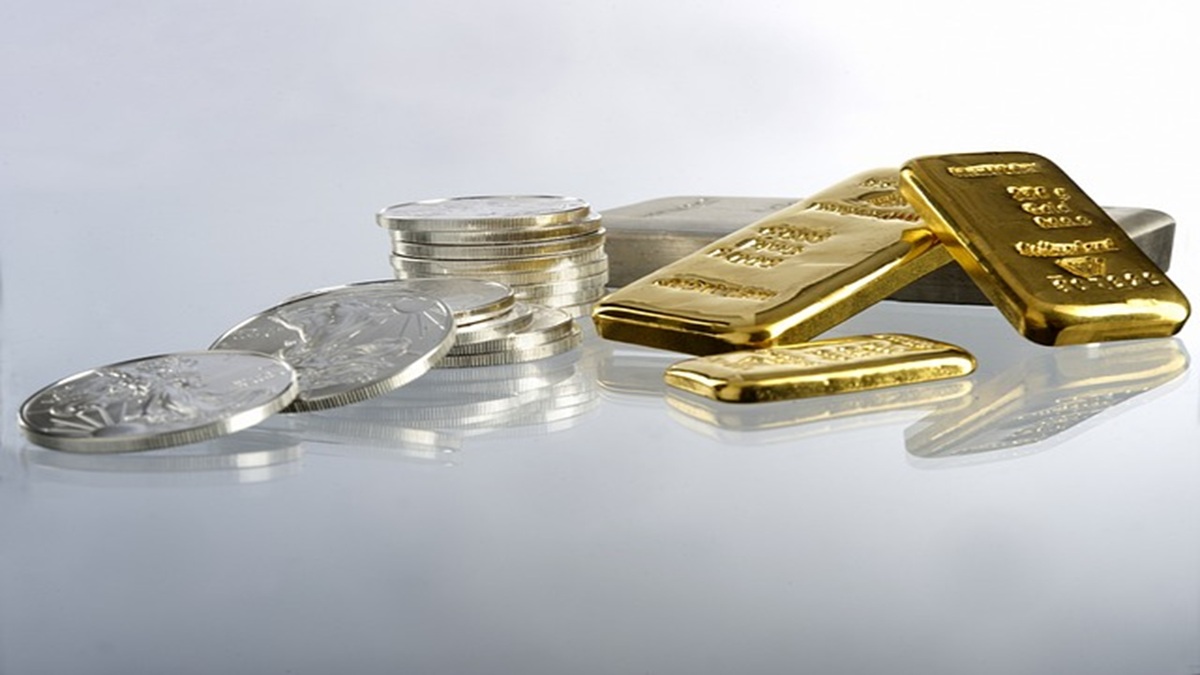 |
|
The Indian gold market on January 15th, 2024, witnessed relatively stable prices across major cities, reflecting broader global market trends. While minor fluctuations occurred between cities and compared to previous days and weeks, the overall price remained largely consistent. This stability suggests a period of consolidation within the market, perhaps indicating a pause before further significant price movements. The consistent pricing across major metropolitan areas like Mumbai, Delhi, Kolkata, and Chennai underscores the interconnected nature of the Indian gold market and the influence of national and international economic factors. The relatively small variations between cities primarily reflect local market dynamics and minor differences in taxation or retail markups rather than substantial discrepancies in the underlying gold value.
The reported prices for 24-carat gold, often favored for its purity, and 22-carat gold, popular in jewelry, represent a snapshot of the market on a particular day. These prices are significantly influenced by international market rates, which are in turn affected by geopolitical events, global economic conditions, and investor sentiment. The interplay of these factors makes predicting future gold prices challenging. Import duties and taxes imposed by the Indian government further contribute to the final retail price the consumer pays. Fluctuations in the exchange rate between the Indian Rupee and other major currencies, such as the US dollar, also play a crucial role in determining the cost of gold, as gold is primarily traded internationally in US dollars.
The inclusion of silver prices in the report highlights the broader precious metals market. Silver, though less expensive than gold, also exhibits price volatility related to industrial demand, investment trends, and global economic conditions. The price movements of silver often correlate with those of gold, but they can also diverge due to specific market forces affecting the industrial uses of silver. The report's inclusion of both gold and silver prices provides a more complete picture of the precious metals market's overall health and trajectory within the Indian context. The daily reporting of these prices is a crucial tool for investors, jewelers, and consumers alike, enabling informed decision-making in a dynamic market environment. Understanding the factors influencing these prices allows for a more nuanced perspective on the long-term trends in precious metals markets.
The mention of MCX (Multi Commodity Exchange) futures contracts provides insights into the forward-looking expectations of market participants. The futures prices reflect the market’s prediction of gold and silver prices at a specific future date. Differences between the spot price (current market price) and the futures price can indicate market sentiment and expectations regarding future supply and demand. Analyzing these discrepancies can be valuable for those involved in speculative trading or hedging against future price risks. The availability of this information provides a glimpse into the market's prediction of future price movements, allowing for more sophisticated investment strategies and risk management techniques.
The cultural significance of gold in India cannot be overstated. Gold holds a deeply entrenched position in Indian culture, serving not only as a financial investment but also as a significant element in various ceremonies and celebrations, particularly weddings. This cultural significance contributes to a robust demand for gold, influencing prices independent of purely economic factors. The strong cultural connection between gold and auspicious events ensures a consistent level of demand, even during periods of economic uncertainty. This cultural aspect reinforces gold's role as a safe haven asset and explains why the Indian market consistently demonstrates a high level of gold demand compared to other regions globally. Understanding this cultural dimension is essential for interpreting the market dynamics accurately.
